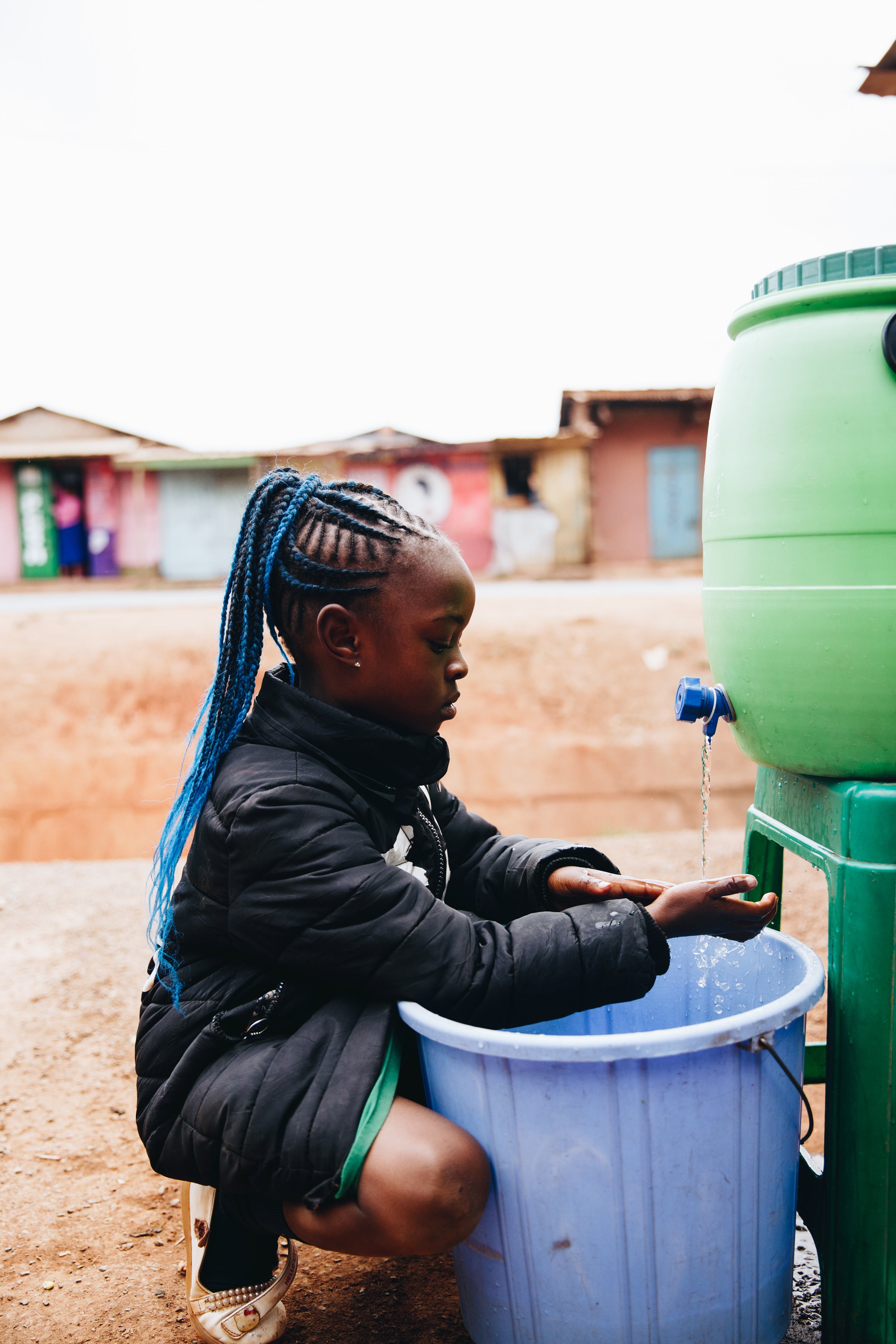
Health care and the power of medicinal plants
Authors: Scientific Dissemination Center - Ambiafro
The word health can currently be the congratulation, the most recurrent feeling of hearing and speaking. In conversations with close, dear people, even people outside social life, at least wishing health without even knowing that individual. Our material body, human, is like a machine, which works according to the commands sent by a small molecule of oxygen that reaches the lungs from breathing, since the body needs to be healthy to respond to all this information, that happen so quickly. And with that, the desire for health becomes fundamental.
This relationship of care and attention to health has always been a concern expressed by the ancient peoples who inhabited planet Earth, through the use of resources that the environment offered. The use of plant species in the treatment of illnesses is one of the oldest customs of human civilization. It refers to primitive tribes, where women were responsible for extracting the active principles of plants to cure diseases. The development of modern medicine has led to a distancing of the relationship between medicine and nature, together with the benefits that the environment can provide for health and treatment through alternative medicine, but at the same time this culture remains alive in territories of traditional peoples and communities that have a direct relationship with nature and use these resources as an important tool for treating illnesses.
Using the land, the beauties and the good feelings that nature offers, as a path to health treatments, is a natural magic rescued through access to the benefits that herbs, medicinal plants, can provide to well-being. The therapeutic properties and conscious use that these plants offer are diverse, and knowledge about this has always been passed down from generation to generation. At the same time that communities and traditional peoples keep this knowledge alive, and the same cannot be said when we approach large urban centers and the “forgetfulness” of this knowledge becomes the protagonist, thus the importance of exalting this beautiful knowledge amid the development of the pharmaceutical industry and a whole medicine that favors this erasure of memory. The work and action “Plantas que curam” by the psychologist Castiel Vitorino and the healer Yasmim Ferreira in the Morro da Fonte Grande region, in the city of Vitória, Espírito Santo – Brazil (2018), give voice to the healing of illness processes and the production of health for black bodies, in time, body and nature with the help of medicinal plants for self-healing treatment and recovery of the potential of herbs.
Talking about plants and the power they have is to exalt the cycle of nature and the way in which we can relate to it, for the benefit of a healthier society. Medicinal plants have a high potential for healing and even treatment for different diseases and it is an important way to identify and evaluate strategies to promote health and quality of life for the black, indigenous and quilombola population in health-promoting spaces, taking into account Afro-Brazilian cultural, traditional and religious practices. The Unified Health System (SUS) has booklets that vary according to the region, with plants and medicines with natural bases that are beneficial for the treatment of some disease. Medicinal plants play a very important role in health. Health promotion through phytotherapy involves the rescue of cultural values, while encouraging intersectoral actions, facilitating the team-community bond, bringing professionals and users closer together, local development and community participation.
Another practical example of the importance of medicinal plants to the knowledge of traditional peoples and communities is in the book “Medicinal plants: strengthening, territory and Guarani-Kaiowá memory”, a production launched in 2020 in partnership with the Oswaldo Cruz Foundation (Fiocruz) and a group of young indigenous people from the community, exalts the need to identify and describe the traditional healing practices and the most prevalent medicinal plants among the Guarani and Kaiowá. The book also offers the reader the intention of providing an approximation of traditional knowledge based on reports of ancestral experiences with the use of medicinal plants.
The Brazilian territory is a place of extremely rich biodiversity of animals and plants, which, together with the people of traditional communities that inhabit and inhabited this land, gave birth to this sensitive knowledge of nature, of relationship and care for the body. We must be open to receiving new treatment alternatives and access to health, at a time when information is evolving quickly and tending towards denial of true knowledge. Handling plants and herbs for the sake of health is accessing the rescue of memory to the ancestral knowledge that lies dormant in our heart.
References
- Action “Plants that heal” - Castiel Vitorino and Yasmin Ferreira. Available at < https://castielvitorinobrasileiro.com/acao_plantasFG >
- Medicinal Plants Handbook. Unified Health System (SUS). City Hall of Campinas.2018. Available at < http://www.saude.campinas.sp.gov.br/saude/assist_farmaceutica/Cartilha_Plantas_Medicinais_Campinas.pdf >
- Documentary Sankofa: The Africa That Inhabits You. 2020. NetFlix.
- Paulo Basta, Iceland Sousa, Ananda Bevacqua and Aparecida Benites (eds.). Medicinal Plants: strengthening, territory and Guarani and Kaiowá memories. Available at < http://observapics.org/wp-content/uploads/2020/06/LivroPohaNanaDigital.pdf >
- Santo, DL et al. TRADITIONAL KNOWLEDGE ABOUT MEDICINAL PLANTS IN THE CONSERVATION OF AMAZON BIODIVERSITY. Sciences in Focus, v. 12, no. 1, p. 86-95, 2019.


